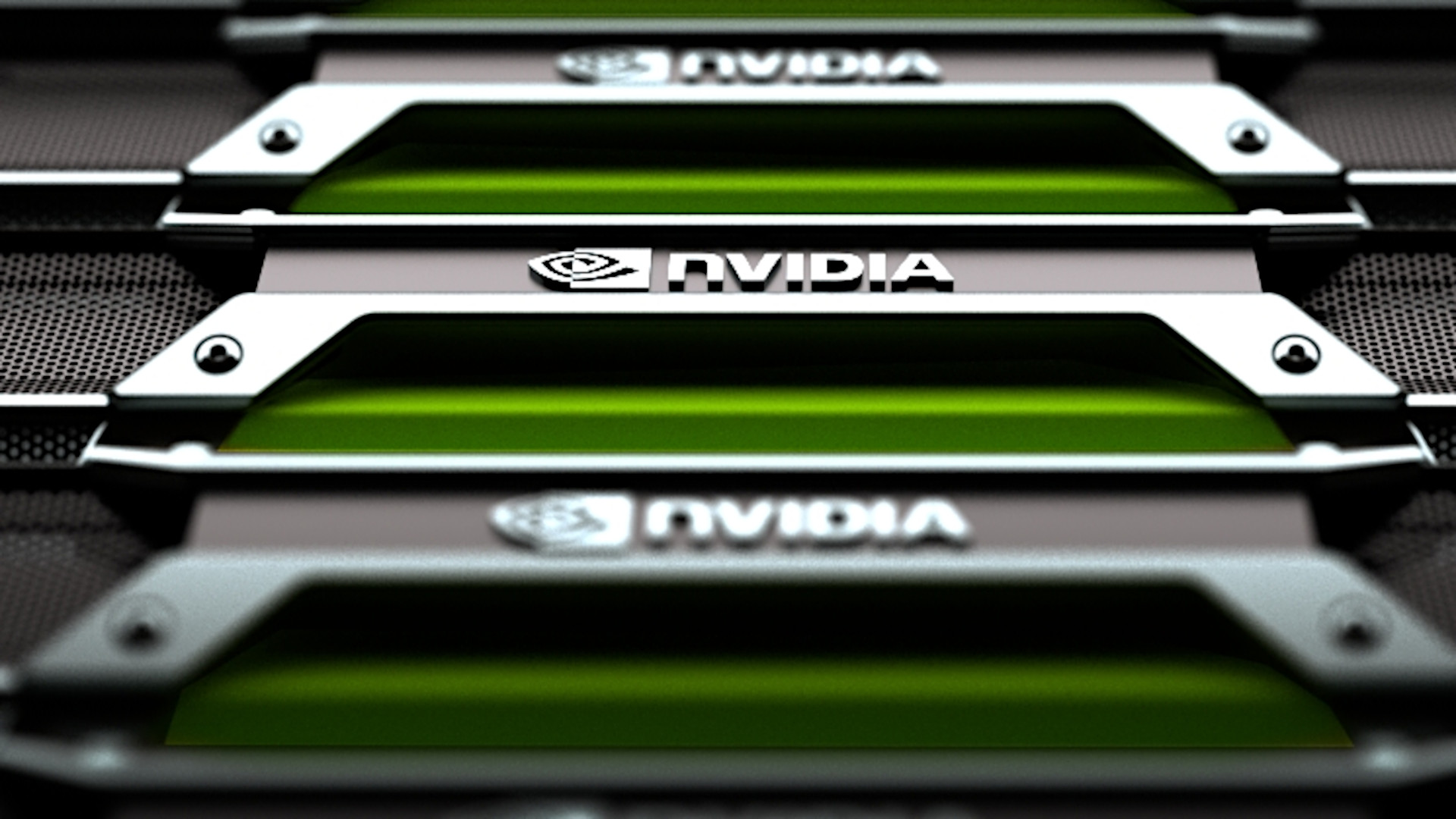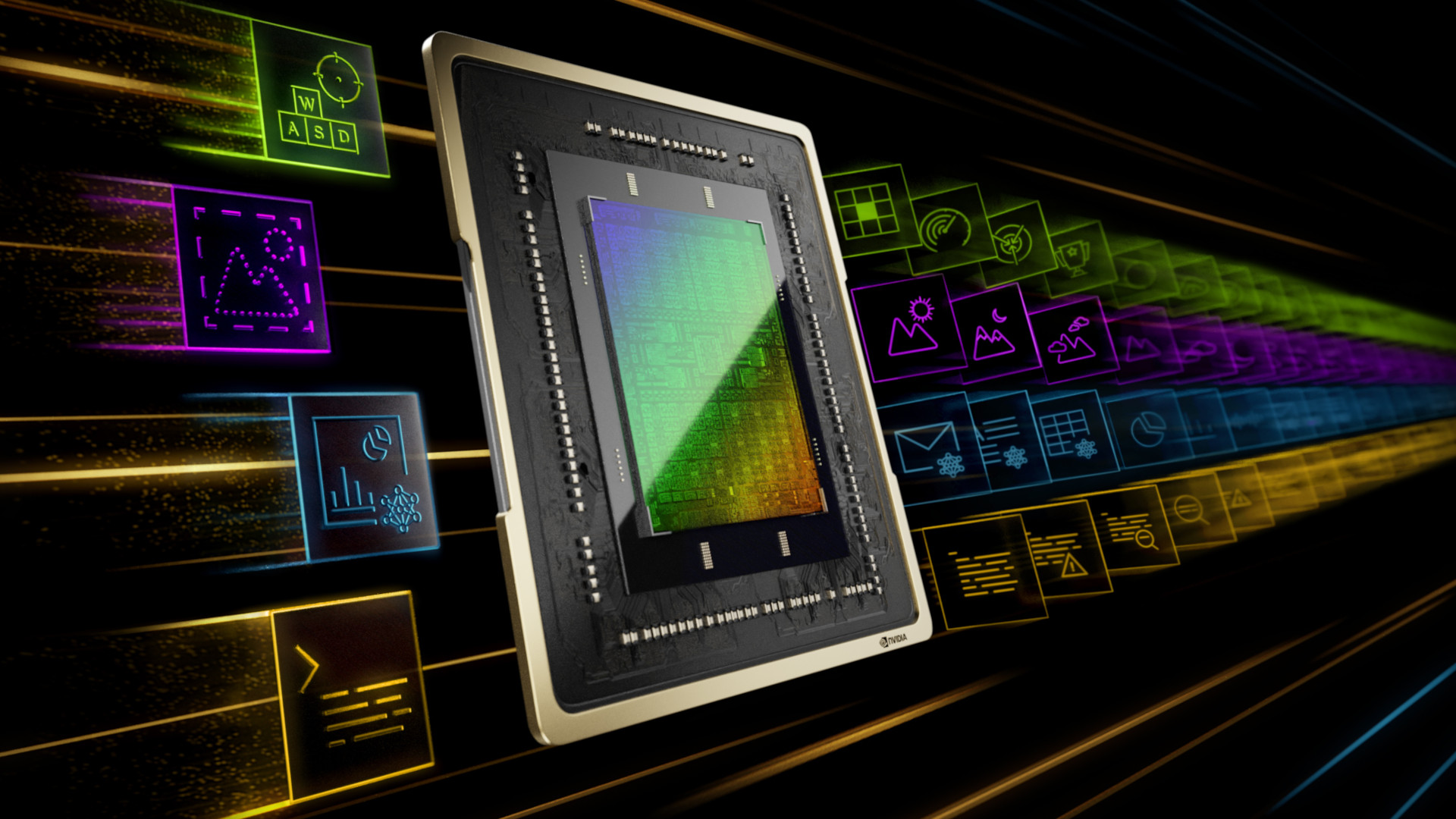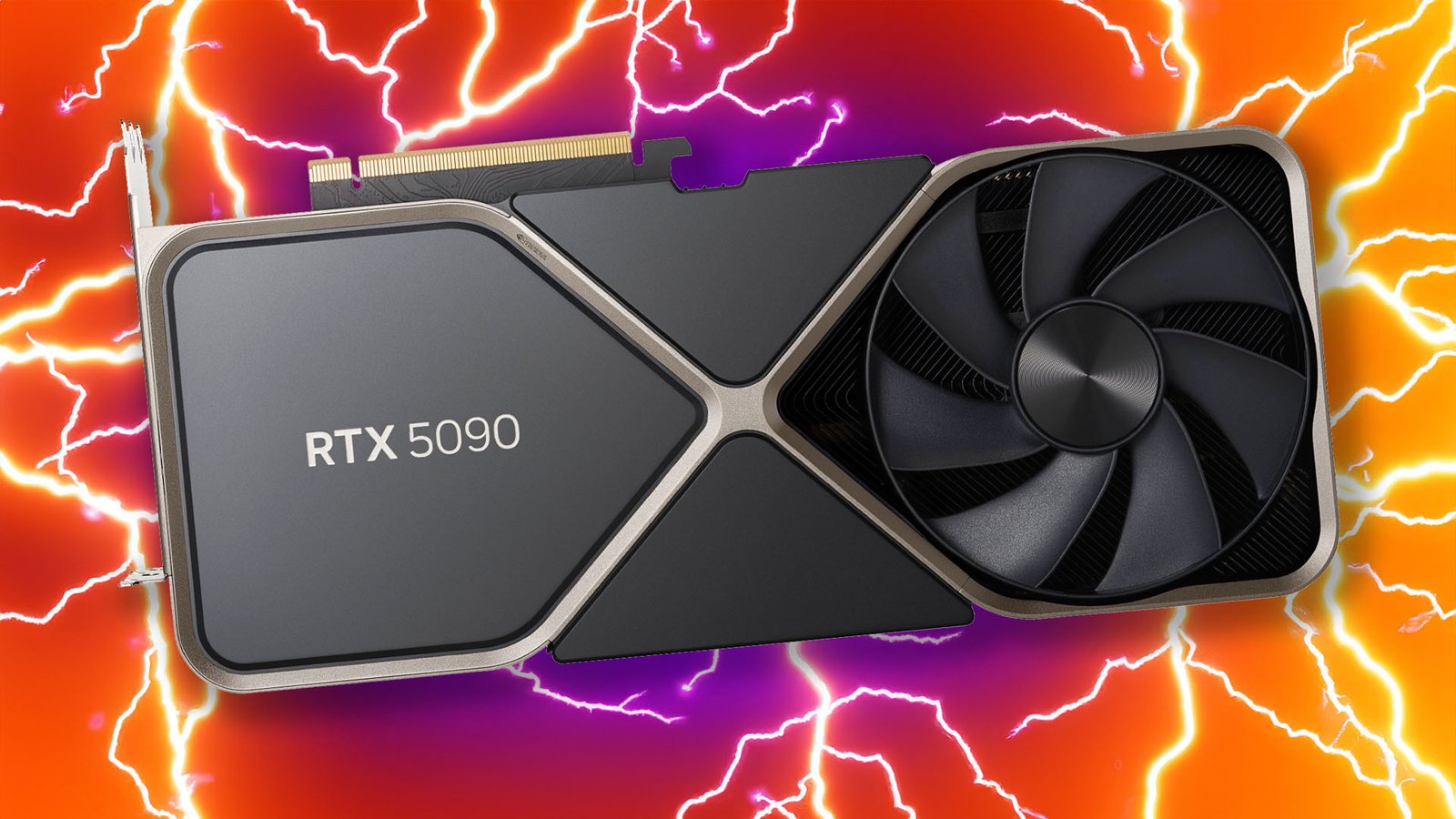It’s been over two years since the powerful RTX 4090 set a new standard for high-end gaming GPUs, and we expect Nvidia GeForce RTX 5090 It’s coming soon and will take its place as the fastest graphics card you can buy. As always, we’re always on the lookout for leaks and rumors regarding specs, pricing, and performance ahead of a new graphics card’s release, which have only accelerated in recent months as we get closer to the card’s expected release date. card.
While we wait for Nvidia’s new flagship GPU to arrive and undoubtedly take home the top prize for best graphics card money can buy, below you’ll find everything we know about the new card so far.
Nvidia GeForce RTX 5090 specs estimate
The latest Nvidia GeForce RTX 5090 specs rumor suggests the GPU will have 21,760 CUDA cores and 170 RT cores, with the highest memory bandwidth of any GeForce GPU.
| Nvidia GeForce RTX 5090 | |
| graphics processor | GB202-300-A1 |
| CUDA color | 21,760 |
| Short message | 170 |
| RT core | 170 |
| boost clock | 2.9GHz |
| interface | 16 PCIe 5.0 |
| Video memory | 32GBGDDR7 |
| memory interface | 512 bits |
| memory bandwidth | ~1.7TB/sec |
| L2 cache | 128MB |
| Power consumption | 600W |
| power connector | 1 x 16 pin |
Since the RTX 5090 will be built on a new architecture, it will be powered by one of the new GeForce RTX 50 GPU chips. Of course, as the flagship of its family, it’s likely to be based on the largest and most powerful of the entire stack, which is expected to be called the GB202, with the variant in the RTX 5090 expected to be called the GB202-300-A1.
If all parts are fully enabled, the full Nvidia GB202 specs are expected to include 24,576 CUDA cores spread across 192 streaming multiprocessor (SM) units, resulting in 192 RT cores. However, according to leaks from regular tech leaker kopite7kimi, the RTX 5090 GPU will have 22 SMs disabled, resulting in 21,760 CUDA cores and 170 RT cores. This leaves room for Nvidia to potentially launch a new GeForce RTX 5090 Ti or 5090 Ultra card at a later date and enable more SMs.

For comparison, the GeForce RTX 4090 has 128 SMs and has 16,384 CUDA cores, which means the RTX 5090 may have more parallel processing capabilities. This isn’t an apples-to-apples comparison, however, as the RTX 5090 will be built using the Blackwell architecture rather than the Ada Lovelace architecture used by the 4090, and performance per core may vary.
Another big rumor regarding the RTX 5090 specs involves memory bandwidth. According to rumors, the RTX 5090 memory will be GDDR7 and connected to an ultra-wide 512-bit bus, which is much wider than the RTX 4090’s already wide 384-bit interface. There’s a lot of memory bandwidth potential here. For example, if GDDR7 VRAM is running at 28Gbps, then the memory bandwidth might be 1.79TB/s, which is huge compared to the RTX 4090’s bandwidth of just over 1TB/s.
Not only that, but the RTX 5090 is also rumored to come with 32GB of GDDR7 VRAM, providing plenty of space for professional work as well as gaming at very high resolutions with all settings maxed out.
All of these features come at a potential cost, though, and that’s the RTX 5090’s power consumption. The GPU power consumption is rumored to be around 600W, which is the same limit as a single 16-pin power cable, so there is speculation that the RTX 5090 will require two 16-pin power cables. However, this is unlikely to happen considering the card will also be getting some power from the PCIe slot. That said, the extra power required for heavily overclocked RTX 5090 cards may push them over the edge and require two slots – we’ll have to wait and see.
The GeForce RTX 5090 is also expected to be Nvidia’s first gaming GPU to use the new 16x PCIe 5.0 interface. If that’s the case, you can still install it in a PCIe 4.0 or even a PCIe 3.0 slot, but you won’t get the full bandwidth, which may limit the performance of a PCIe 3.0 motherboard.
There should also be an RTX 5090 DisplayPort 2.1 output, allowing it to properly support gaming monitors with higher resolutions and refresh rates, such as the latest 240Hz, 4K OLED screens. Controversially, however, it appears that the RTX 5090 power connector will continue to be the 12VHPWR power input on the current RTX 4000 series, albeit with a more modern 12V-2×6 design.
Finally, the RTX 5090 is rumored to be clocked at a significantly higher frequency than the RTX 4090, with a potential boost clock of 2.9GHz, and the GPU is expected to be equipped with 128MB of L2 cache.

Nvidia GeForce RTX 5090 release date window
According to rumors and speculation, the RTX 5090 release date is expected to be January 2025, as Nvidia has not officially announced the date.
The RTX 5090 was initially expected to launch alongside the RTX 5080 in the fourth quarter of 2024, as that would be roughly two years before the RTX 4090’s October 22 release date. Recently, however, we’ve seen reports suggesting that the RTX 5080 could launch earlier than the RTX 5090, although other rumors have similarly suggested that the two cards will be released at a similar time.
However, recent rumors suggest that both GPUs will launch later, giving the RTX 5090 a release date of 2025, with Nvidia rumored to announce the GPU at CES in January 2025. This is the release window we’re now looking forward to.
What makes this situation particularly unclear right now is that Nvidia simply doesn’t need to release faster products to compete with its rivals. The RTX 4090 is easily the fastest average graphics card you can buy – the AMD RX 7900 XTX can be just as fast or faster in some games, but it’s not as good at ray tracing – and AMD’s next-gen RDNA 4 cards According to the latest rumors, it’s not expected to go on sale until next year. So Nvidia can continue to sell all the 4000 series cards it likes before abandoning the RTX 5000 series.

Nvidia GeForce RTX 5090 price estimate
The RTX 5090 is estimated to be priced between $1,999 and $2,499, making it significantly more expensive than its predecessor, the RTX 4090.
The latest RTX 5090 pricing leak gives the new GPU a price range of $1,999 to $2,499, with the Founders Edition priced around $1,999 and overclocked cards from motherboard partners with fancy coolers going for more.
While this rumored price is well above the RTX 4090 Founders Edition’s MSRP of $1,599, you’ll rarely find this card at this price, and you’ll usually see more realistic prices for RTX 4090 cards for at least $1, $799, with overclocked models costing around $2,000.
What’s more, now that AMD has given up on high-end GPUs, Nvidia has no incentive to control the price of its flagships. If people are willing to spend two bucks to get the best graphics card, Nvidia will sell it for that price. For now, though, this is all based on rumors – we’ll have to wait for Nvidia to officially launch the RTX 5090 before we know exactly what the price will be.
The price of the GeForce RTX 50 will likely be higher compared to the price of current graphics cards due to TSMC’s increased manufacturing costs and the additional cost of adding the rumored 32GB of massive GDDR7 memory found on the RTX 5090 graphics card.

Nvidia GeForce RTX 5090 Benchmark Review
Our Nvidia GeForce RTX 5090 benchmark estimates put this GPU ahead of all graphics cards currently on the market, including the RTX 4090.
While the GPU is certainly the fastest, we won’t know until launch how much better it will be compared to similar products. However, early rumors about its CUDA core count and faster memory suggest it will be more than 50% faster.
To support this, some rumors claim that the RTX 5090 will perform 60% or 70% faster than the RTX 4090, but it’s unclear whether this is with ray tracing enabled or disabled. To complicate things further, this could also be related to Nvidia DLSS 3-enabled or yet-to-be-announced performance enhancements, as Nvidia likes to do when it releases its own benchmark data.
In the meantime, if you’re in the market for a new graphics card now, check out our GeForce RTX 4080 Super review, where we try out Nvidia’s latest high-end GPU. It corrects Nvidia’s pricing misstep with the original RTX 4080, while also delivering decent 4K gaming performance for $999.
